Home>diy>Building & Construction>What Is An AHA In Construction
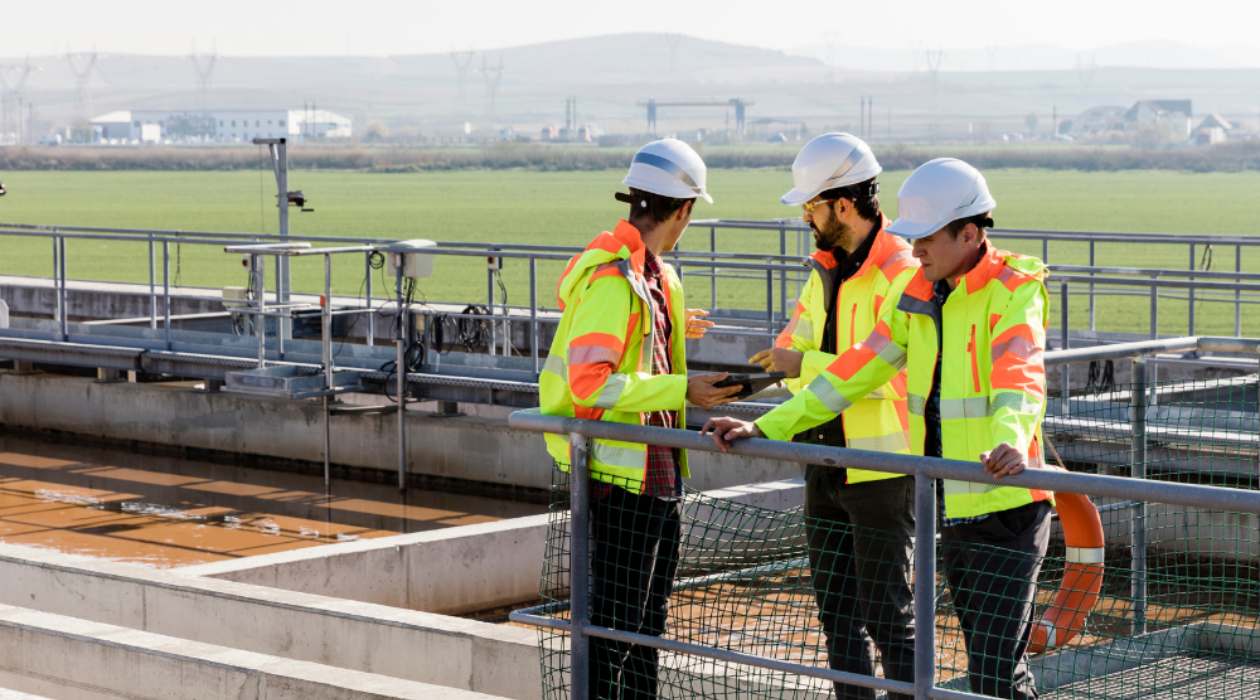

Building & Construction
What Is An AHA In Construction
Modified: January 23, 2024
Discover what an AHA (Activity Hazard Analysis) is in the context of building construction. Learn how it helps identify and mitigate potential risks on construction sites.
(Many of the links in this article redirect to a specific reviewed product. Your purchase of these products through affiliate links helps to generate commission for Storables.com, at no extra cost. Learn more)
Introduction
Construction sites are known to be bustling with activity, with workers engaged in various tasks and heavy machinery operating in close proximity. However, this environment poses a significant risk to the safety and well-being of construction personnel. To minimize these risks, it is crucial to implement proper safety measures. One such measure is the use of Activity Hazard Analysis (AHA) in construction.
AHA is a systematic approach to identifying potential hazards and developing a plan to mitigate them on construction sites. It involves analyzing each activity or task performed on the site and assessing the associated risks. By identifying potential hazards and implementing preventive measures, AHAs provide a roadmap for safe and efficient construction practices.
Implementing AHAs not only protects the well-being of construction workers but also ensures compliance with safety regulations and standards. It is essential for construction companies to prioritize the safety of their workforce and create a culture of safety on every job site.
In this article, we will explore the definition and importance of AHA in construction, the types of hazards that AHAs address, the benefits of implementing AHAs, the components of an AHA, how to develop one, and the importance of training, communication, monitoring, and revising AHAs.
By diving into these topics, we can gain a comprehensive understanding of the significance of AHAs in construction and how they contribute to the overall safety and success of construction projects. Let’s get started!
Key Takeaways:
- Implementing Activity Hazard Analysis (AHA) in construction is crucial for identifying, mitigating, and preventing potential hazards, ensuring compliance with safety regulations, and fostering a culture of safety among workers.
- AHAs offer benefits such as enhanced safety, compliance with regulations, reduced costs, improved productivity, positive reputation, and increased employee morale and retention, making them indispensable in the construction industry.
Read more: What Is Construction
Definition of AHA in Construction
Activity Hazard Analysis (AHA) is a systematic process that involves identifying potential hazards associated with specific activities or tasks performed on a construction site. AHAs are essential in the construction industry as they help identify potential risks and develop appropriate measures to mitigate them.
The purpose of an AHA is to evaluate each step of a construction activity and determine the hazards that may arise. It involves analyzing the sequence of tasks, the equipment used, the materials involved, and the potential environmental factors that may pose a threat to the safety of workers and the successful completion of the project.
To conduct an AHA, construction professionals thoroughly assess the risks associated with each step of the activity. They consider factors such as falls, exposure to hazardous substances, electrical hazards, fire risks, caught-in or between hazards, and more. By evaluating these risks, they can prioritize safety measures and develop strategies to prevent accidents and injuries.
By conducting AHAs, construction companies demonstrate their commitment to ensuring the safety and well-being of their workforce. It provides a framework for identifying, evaluating, and addressing potential hazards, making it an essential component of any construction project.
It is important to note that AHAs should be conducted before work begins on a project, as well as periodically throughout the project’s duration. This allows for ongoing evaluation and adjustment of safety protocols based on changing conditions or new hazards that may emerge during construction.
By implementing AHAs, construction companies not only comply with governmental safety regulations but also foster a culture of safety on their job sites. This leads to higher employee morale, increased productivity, and a reduced risk of accidents, injuries, and costly delays.
Importance of AHA in Construction
The implementation of Activity Hazard Analysis (AHA) in the construction industry plays a crucial role in ensuring the safety and well-being of workers on job sites. AHAs are an essential component of any construction project, and their importance cannot be overstated. Here are some key reasons why AHAs are vital in construction:
- Identifying Potential Hazards: AHAs allow construction professionals to systematically identify potential hazards associated with specific activities or tasks. They help project managers and workers understand the risks involved and take appropriate measures to prevent accidents and injuries.
- Risk Assessment and Mitigation: By analyzing each step of the construction process, AHAs enable construction teams to assess the risks associated with different tasks. This assessment helps in developing proper risk mitigation strategies and implementing appropriate safety measures. It allows for proactive planning and reduces the likelihood of accidents or incidents occurring on the job site.
- Compliance with Safety Regulations: AHAs are a crucial element for compliance with safety regulations and standards. By conducting AHAs, construction companies ensure that they are following legal obligations and best practices in order to provide a safe working environment for their employees. Compliance with safety regulations also prevents legal liabilities and associated financial penalties.
- Promoting Safety Awareness: Incorporating AHAs in construction projects helps promote a culture of safety among workers. By systematically analyzing and addressing potential hazards, AHAs raise awareness among employees about the risks they may encounter and the necessary safety precautions to take. This creates a proactive mindset towards safety and reduces the likelihood of incidents caused by negligence or lack of awareness.
- Protecting Worker Well-being: The ultimate goal of AHAs is to protect the well-being of construction workers. By identifying and mitigating potential hazards, AHAs minimize the risk of workplace accidents, injuries, and illnesses. This not only safeguards the physical health of workers but also contributes to their overall job satisfaction, morale, and retention.
In summary, AHAs are of utmost importance in the construction industry. They allow for the identification and mitigation of potential hazards, compliance with safety regulations, promotion of safety awareness, and the protection of worker well-being. By incorporating AHAs into construction projects, companies prioritize the safety of their workforce, minimize risks, and create a positive and productive work environment.
Types of Hazards Addressed by AHA
Activity Hazard Analysis (AHA) in construction addresses a wide range of potential hazards that workers may encounter on job sites. By systematically evaluating the risks associated with different activities or tasks, AHAs help identify and mitigate these hazards. Here are some common types of hazards addressed by AHAs in the construction industry:
- Falls: Falls are one of the most common hazards in construction. AHAs assess the risks of falls from heights, such as ladders, scaffolding, or rooftops, and develop safety measures to prevent such incidents. This can include the use of fall protection equipment, guardrails, and proper training on working at heights.
- Electrical Hazards: Construction sites often involve electrical installations and equipment, posing potential risks to workers. AHAs evaluate the electrical hazards, such as exposed wiring, faulty equipment, or insufficient grounding, to prevent electrocution or electrical fires. Proper use of personal protective equipment (PPE), lockout/tagout procedures, and regular inspections of electrical systems are some measures addressed in AHAs.
- Struck-By Hazards: AHAs identify potential struck-by hazards, which include being hit by falling objects, moving equipment, or vehicles. Measures to address these hazards may include the use of hard hats, safety barriers, warning signs, or the implementation of traffic control protocols to minimize the risk of accidents.
- Caught-In or Between Hazards: Construction sites have numerous hazards that can trap workers or cause them to be caught between objects or machinery. AHAs identify and mitigate these risks, such as working with heavy machinery, trench excavation, or working in confined spaces. Safety measures may involve proper training, maintenance of equipment, and the use of safety protocols to prevent such incidents.
- Chemical and Hazardous Substance Exposure: AHAs address the risks associated with exposure to hazardous substances, such as toxic chemicals, asbestos, or silica dust. They evaluate potential exposure points and develop strategies to minimize risks through proper ventilation, personal protective equipment (PPE), and adherence to proper handling and disposal procedures.
- Fire Hazards: Construction sites can be susceptible to fire hazards due to the presence of flammable materials, faulty wiring, welding operations, or improper storage of combustible substances. AHAs identify these fire hazards and define fire prevention measures, such as fire extinguisher placement, emergency escape routes, and training on fire response protocols.
These are just a few examples of the types of hazards addressed by AHAs in construction. Each construction project may have specific hazards unique to the site and activities involved. Identifying and addressing these hazards through AHAs ensures that appropriate safety measures are implemented, minimizing the risk of accidents, injuries, and potential fatalities.
Benefits of Implementing AHA in Construction
The implementation of Activity Hazard Analysis (AHA) in the construction industry offers several important benefits. AHAs provide a systematic approach to identifying and mitigating potential risks on job sites, leading to improved safety, increased productivity, and overall project success. Here are some key benefits of implementing AHAs in construction:
- Enhanced Safety: The primary benefit of implementing AHAs is the improved safety of workers on construction sites. By conducting AHAs, potential hazards are identified and appropriate measures are taken to prevent accidents and injuries. This proactive approach significantly reduces the risk of workplace incidents, protecting the physical well-being and lives of construction personnel.
- Compliance with Regulations: AHAs help construction companies comply with safety regulations and standards set by local authorities or industry bodies. By incorporating AHAs into their operations, construction companies demonstrate their commitment to upholding legal requirements and ensuring a safe working environment. Compliance with regulations also helps avoid penalties and legal liabilities.
- Reduced Costs: While safety is the foremost priority, implementing AHAs can also result in cost savings for construction projects. By identifying potential hazards and implementing preventive measures, the occurrence of accidents and injuries is minimized. This reduction in incidents leads to fewer workers’ compensation claims, lower medical expenses, and reduced insurance premiums. Additionally, a safer work environment contributes to greater efficiency and productivity, reducing project delays and associated costs.
- Improved Productivity: AHAs not only prioritize safety but also enhance productivity on construction sites. By systematically analyzing each activity, potential bottlenecks, risks, and constraints are identified and addressed. This allows for better planning, efficient resource allocation, and streamlined workflows. When workers can confidently execute their tasks without the fear of hazards, productivity naturally increases.
- Positive Reputation: Implementing AHAs demonstrates a construction company’s commitment to the well-being of its employees and the communities it serves. By prioritizing safety, construction companies build a positive reputation in the industry and among clients. This reputation fosters trust, attracts skilled workers, and can lead to repeat business and referrals.
- Employee Morale and Retention: A safe work environment contributes to higher employee morale and job satisfaction. When workers feel safe and supported, they are more likely to be motivated, engaged, and loyal to their employer. Implementing AHAs sends a clear message that the company values its workforce, leading to improved employee retention and reducing recruitment and training costs.
The implementation of AHAs in construction provides multiple benefits, from improved safety and compliance with regulations to cost savings, increased productivity, and a positive reputation. By recognizing the importance of AHAs and incorporating them into construction projects, companies can create a safer, more efficient, and successful construction environment for all.
When using AHA (Activity Hazard Analysis) in construction, make sure to involve all workers in the process to identify potential hazards and develop safe work practices.
Read more: What Is Retrofit In Construction
Components of an AHA
An Activity Hazard Analysis (AHA) in construction consists of several key components that work together to ensure a comprehensive assessment of potential hazards and the development of effective risk mitigation strategies. Here are the essential components of an AHA:
- Activity Identification: The first step in developing an AHA is to identify the specific activity or task that will be analyzed. This could be any construction-related activity, such as crane operation, excavation, welding, or working at heights.
- Hazard Identification: Once the activity is identified, the next component is to identify the potential hazards associated with it. This involves a thorough evaluation of the work environment, equipment used, materials involved, and any other factors that could pose a risk to worker safety.
- Risk Assessment: After identifying the hazards, a detailed risk assessment is conducted. This involves assessing the likelihood and severity of each identified hazard. The risks are typically rated on a scale, such as low, medium, or high, to prioritize the implementation of appropriate controls.
- Control Measures: Based on the identified hazards and risk assessment, control measures are developed to mitigate the risks. This can include engineering controls, administrative controls, and personal protective equipment (PPE) requirements. Control measures aim to eliminate or minimize the hazards and reduce the potential for accidents or injuries.
- Safe Work Procedures: Another important component of an AHA is the development of safe work procedures. This involves defining step-by-step instructions for performing the activity safely. Clear instructions are provided on how to use equipment, handle materials, and implement control measures effectively. Safe work procedures ensure that all workers are aware of the correct protocols to follow to maintain a safe work environment.
- Emergency Response: An effective AHA includes consideration for emergency response procedures. This component outlines the steps to take in case of an emergency or incident related to the activity being analyzed. This could include evacuation procedures, first aid protocols, or communication strategies to ensure swift response and minimize the impact of emergencies.
- Training and Communication: A critical component of an AHA is training and communication. All workers involved in the activity must receive appropriate training on the identified hazards, control measures, and safe work procedures. Good communication is vital to ensuring that everyone is aware of the hazards, risks, and necessary precautions. Training and communication ensure that workers can actively participate in creating a safe work environment.
- Recordkeeping: Finally, it is important to maintain proper recordkeeping of the AHA process. This includes documenting the activity, hazards identified, risk assessment, control measures implemented, safe work procedures, and training records. Proper recordkeeping allows for easy reference, monitoring, and revising of the AHA as needed.
By including these components in an AHA, construction companies can systematically identify hazards, assess risks, implement control measures, and establish safe work procedures. This ensures that all necessary precautions are taken to protect the safety and well-being of workers during construction activities.
How to Develop an AHA in Construction
Developing an effective Activity Hazard Analysis (AHA) in construction requires a systematic approach, attention to detail, and involvement from all levels of the project team. Here are the steps to follow to develop an AHA:
- Identify the Activity: Start by identifying the specific activity or task that will be analyzed in the AHA. This could be any construction-related activity, such as concrete pouring, excavation, welding, or operating heavy machinery.
- Assemble the Team: Form a team comprising individuals with diverse expertise, including project managers, supervisors, safety professionals, and workers experienced in the activity being analyzed. The team should collectively have a thorough understanding of the potential hazards associated with the activity.
- Conduct a Job Site Assessment: Visit the job site and conduct a comprehensive assessment of the work environment, equipment, materials, and any other factors that could pose a risk to workers’ safety. This assessment will help identify potential hazards that need to be addressed in the AHA.
- Identify Hazards: With the input of the team and the information gathered from the job site assessment, identify all potential hazards associated with the activity. Consider factors such as falls, electrical hazards, struck-by hazards, chemical exposures, and any other risks specific to the activity being analyzed.
- Assess Risks: Evaluate the likelihood and severity of each identified hazard. Assess the potential consequences if an incident were to occur. This risk assessment will help prioritize the implementation of control measures.
- Develop Control Measures: Based on the identified hazards and risk assessment, develop appropriate control measures to mitigate the risks. Consider engineering controls, administrative controls, and personal protective equipment (PPE) requirements. Control measures should aim to eliminate or minimize hazards and reduce the potential for accidents or injuries.
- Define Safe Work Procedures: Develop detailed safe work procedures for the activity analyzed in the AHA. Clearly outline step-by-step instructions for performing the activity safely, including how to use equipment, handle materials, and implement control measures effectively.
- Provide Training and Communication: Ensure that all workers involved in the activity receive proper training on the identified hazards, control measures, and safe work procedures. Establish effective communication methods to ensure that everyone is informed about the hazards, risks, and necessary precautions.
- Review and Revise: Regularly review and revise the AHA as needed. Conduct periodic assessments to ensure that the AHA remains relevant and effective. As the project progresses or conditions change, re-evaluate hazards and update control measures accordingly.
- Maintain Documentation: Keep thorough records of the AHA process, including documentation of the activity, hazards identified, risk assessment, control measures, safe work procedures, and training records. Proper documentation allows for easy reference, monitoring, and revising of the AHA as needed.
By following these steps and involving the right team members, construction companies can develop an effective AHA. This proactive approach ensures that potential hazards are identified, risks are assessed, control measures are implemented, and safe work procedures are established, fostering a culture of safety on the job site.
Training and Communication about AHA
Implementing Activity Hazard Analysis (AHA) in construction requires effective training and communication to ensure that all workers are aware of the identified hazards, control measures, and safe work procedures. Proper training and communication are essential to creating a safe work environment and minimizing the risk of accidents or injuries. Here are some key points to consider when it comes to training and communication about AHA:
1. Training Sessions:
Organize training sessions to educate workers about the purpose and importance of AHAs in construction. These sessions should cover how AHAs are developed, the process of hazard identification, risk assessment, and the implementation of control measures. It is important to explain the role of each worker in maintaining a safe work environment and ensuring compliance with the established AHA.
2. Job-Specific Training:
Provide job-specific training to workers involved in activities that require AHAs. This training should focus on the specific hazards associated with their tasks, the control measures identified in the AHA, and the safe work procedures to be followed. Workers should also receive training on the proper use of personal protective equipment (PPE) and specific safety protocols related to their tasks.
3. Regular Refreshers:
Offer regular refresher training sessions to reinforce the principles of AHA and keep workers updated on any changes or revisions to the AHA. This ongoing training helps to ensure that workers maintain a strong understanding of the hazards and control measures relevant to their work.
4. Communication Channels:
Establish effective communication channels to ensure that workers receive important information related to AHAs. This can include toolbox talks, safety meetings, bulletin boards, digital platforms, or other means of communication readily accessible to all workers. Regularly communicate reminders about hazards, best practices, and any updates to AHAs to keep workers informed and engaged.
5. Encourage Employee Feedback:
Promote a culture of open communication and encourage workers to provide feedback on the effectiveness of the AHA. This feedback can help identify any gaps or areas for improvement and allow for timely adjustments to further enhance worker safety. Workers should feel comfortable reporting hazards they observe or suggesting improvements to control measures.
6. Language and Cultural Considerations:
Ensure that training materials and communication about AHAs are provided in a language and format that all workers can understand. Account for any language barriers or cultural differences that may exist among the workforce. Additionally, consider providing translated materials or utilizing interpreters to ensure effective communication and understanding.
7. Documentation:
Maintain records of training sessions and communication related to AHAs. This documentation serves as evidence that workers were properly trained and informed about the hazards, control measures, and safe work procedures. It can also assist in tracking individual training completion and provide a reference for future training needs.
By prioritizing training and communication about AHAs, construction companies can foster a culture of safety, empower workers to actively participate in maintaining a safe work environment, and ensure consistent adherence to the established AHA. Effective training and communication contribute to the success of AHAs and ultimately protect the well-being of the entire construction team.
Monitoring and Revising AHA
Monitoring and revising an Activity Hazard Analysis (AHA) in construction is essential to ensure its continued effectiveness and adaptability to changing circumstances. By regularly assessing the implementation and outcomes of AHAs, construction companies can identify areas for improvement, address emerging hazards, and maintain a safe work environment. Here are some key considerations for monitoring and revising AHAs:
1. Ongoing Monitoring:
Implement a system to monitor the implementation of AHAs on a regular basis. This can involve periodic inspections, observations, and job site assessments to ensure that control measures are being followed correctly and that hazards are effectively mitigated. Continuous monitoring ensures that AHAs remain relevant and that workers are following established protocols.
2. Incident Reporting and Analysis:
Encourage workers to promptly report any incidents, near misses, or hazards they encounter on the job site. Investigate these incidents to determine if there were any shortcomings in the AHA or if additional control measures need to be implemented. Analyzing incidents helps identify potential hazards that were not initially considered in the AHA and allows for timely revisions.
3. Employee Feedback:
Solicit feedback from workers about their experiences with AHAs. Encourage open communication and create a supportive environment where workers feel comfortable providing insights and suggestions for improving the AHA. Incorporate their feedback into the revising process to address any gaps or concerns.
4. Regular Reviews:
Schedule regular reviews of AHAs to ensure their continued effectiveness. Consider conducting reviews at milestones of the project or when there are significant changes in personnel, equipment, or work procedures. This allows for the identification of any gaps in the AHA and the introduction of revisions to reflect current conditions and best practices.
5. Training and Education:
As new hazards emerge or control measures evolve, provide training and education to workers to ensure they are aware of any updates. This includes training on revised safe work procedures, new equipment, or changes in regulations. Ongoing training ensures that workers are equipped with the necessary knowledge to adapt to any revised AHAs.
6. Engage Stakeholders:
Involve all relevant stakeholders, including project managers, safety personnel, and workers, in the monitoring and revising process. Collaborate with the team to gather input, insights, and suggestions for improving the AHA. Engaging stakeholders fosters a collective responsibility for safety and improves the likelihood of successful revisions.
7. Document Revisions:
Maintain comprehensive documentation of the revisions made to the AHA. Record the reasons for the changes, the date of revisions, and the individuals involved in the process. This documentation ensures that there is a clear record of the AHA’s progression and aids in tracing the evolution of hazards and control measures over time.
By actively monitoring and revising AHAs, construction companies demonstrate their commitment to ongoing safety improvements. Regular assessment and revision of AHAs enable the identification and mitigation of emerging hazards, reinforcing a culture of safety and ensuring the well-being of everyone on the job site.
Read more: What Is Stucco In Construction
Conclusion
Activity Hazard Analysis (AHA) plays a critical role in ensuring the safety and success of construction projects. By systematically identifying potential hazards, assessing risks, and implementing appropriate control measures, AHAs provide a roadmap for creating a safe work environment. Throughout this article, we have explored the definition and importance of AHAs, the types of hazards they address, the benefits they offer, and the components involved in their development. We have also discussed the significance of training, communication, and ongoing monitoring and revision of AHAs.
The implementation of AHAs in construction has numerous benefits. It enhances safety by identifying and mitigating potential hazards, protects worker well-being, and ensures compliance with safety regulations. AHAs also contribute to cost savings, improved productivity, and a positive reputation for construction companies. By prioritizing AHAs, companies create a strong foundation for success, fostering an environment where workers can perform their tasks with confidence and focus.
Developing an effective AHA involves assembling a knowledgeable team, conducting thorough assessments, identifying hazards, assessing risks, implementing control measures, and defining safe work procedures. It also requires comprehensive training and open communication with workers about hazards, control measures, and safe work practices. The ongoing monitoring and revision of AHAs allow for the identification of emerging hazards and the adaptation of control measures to changing circumstances.
In conclusion, AHAs are an indispensable tool in the construction industry. They promote safety, ensure compliance, and enhance productivity. By implementing AHAs, companies prioritize the well-being of their workforce, minimize the risk of accidents and injuries, and create a culture of safety. Construction professionals, from project managers to workers, should embrace AHAs as a guiding framework to meet the challenges of construction while safeguarding the lives and health of all involved.
Remember, safety should always be a top priority in construction, and AHAs serve as a vital tool in achieving this goal. By incorporating AHAs into construction projects, we can build a safer future for workers and create successful outcomes on every job site.
Frequently Asked Questions about What Is An AHA In Construction
Was this page helpful?
At Storables.com, we guarantee accurate and reliable information. Our content, validated by Expert Board Contributors, is crafted following stringent Editorial Policies. We're committed to providing you with well-researched, expert-backed insights for all your informational needs.
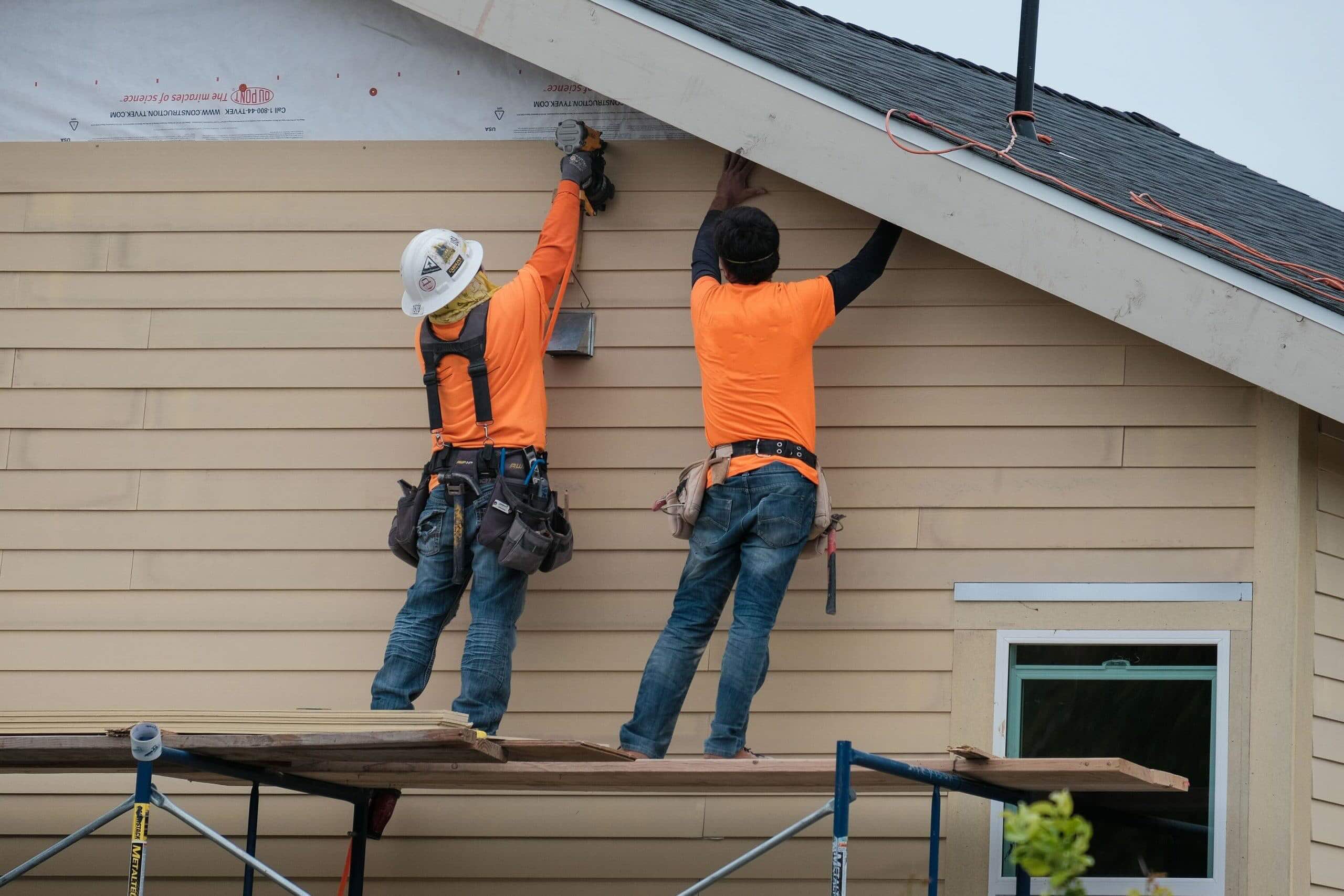
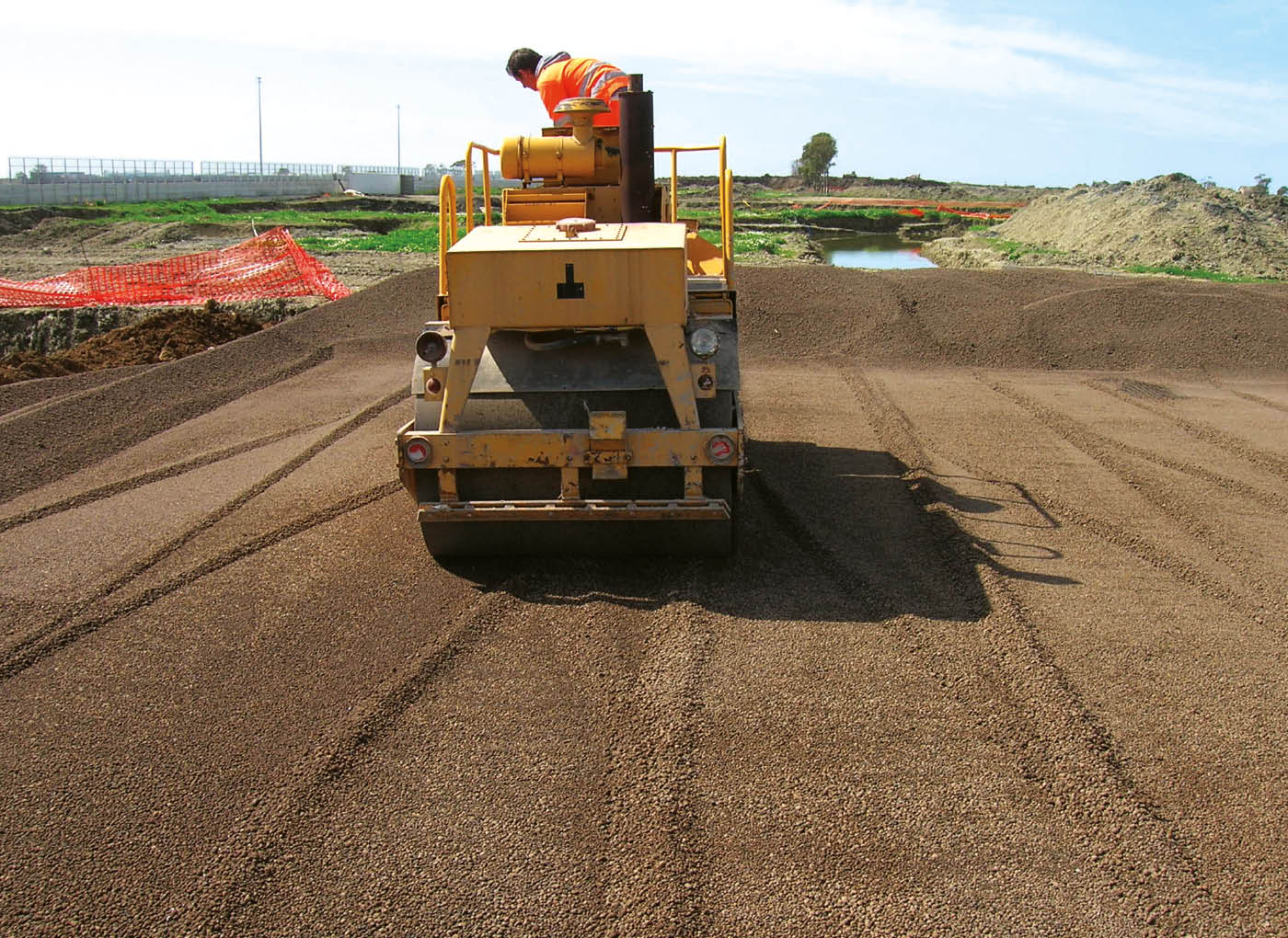
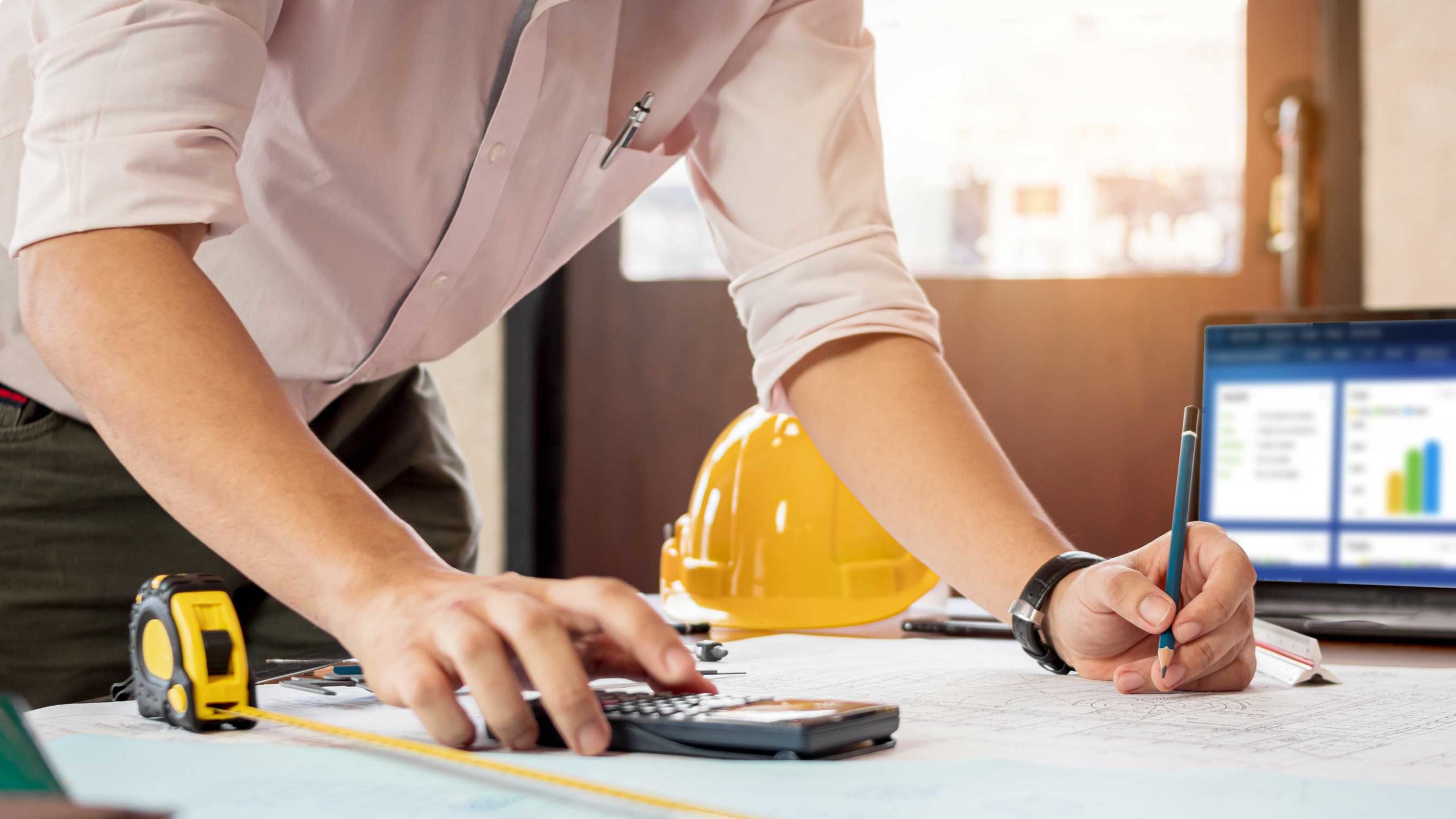
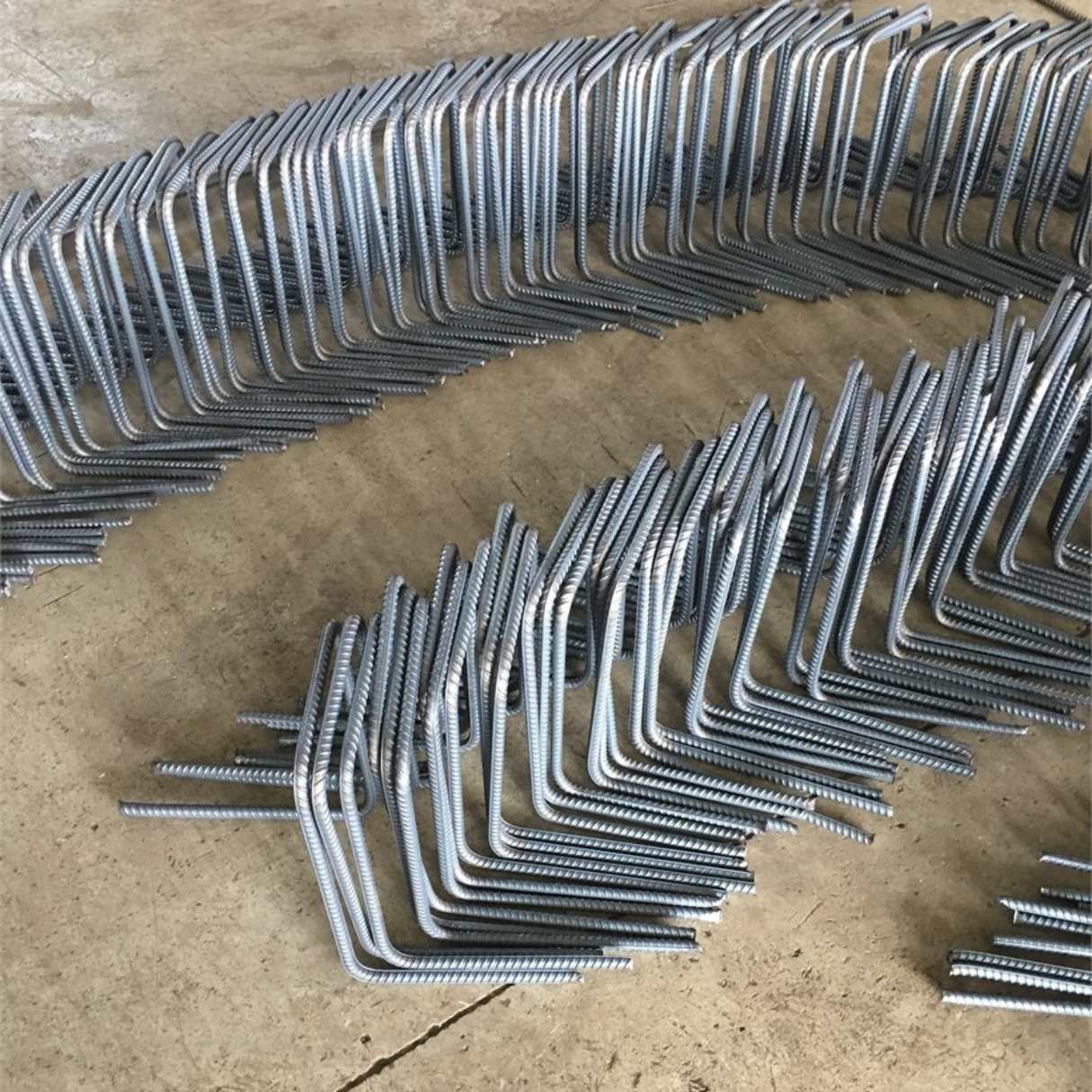
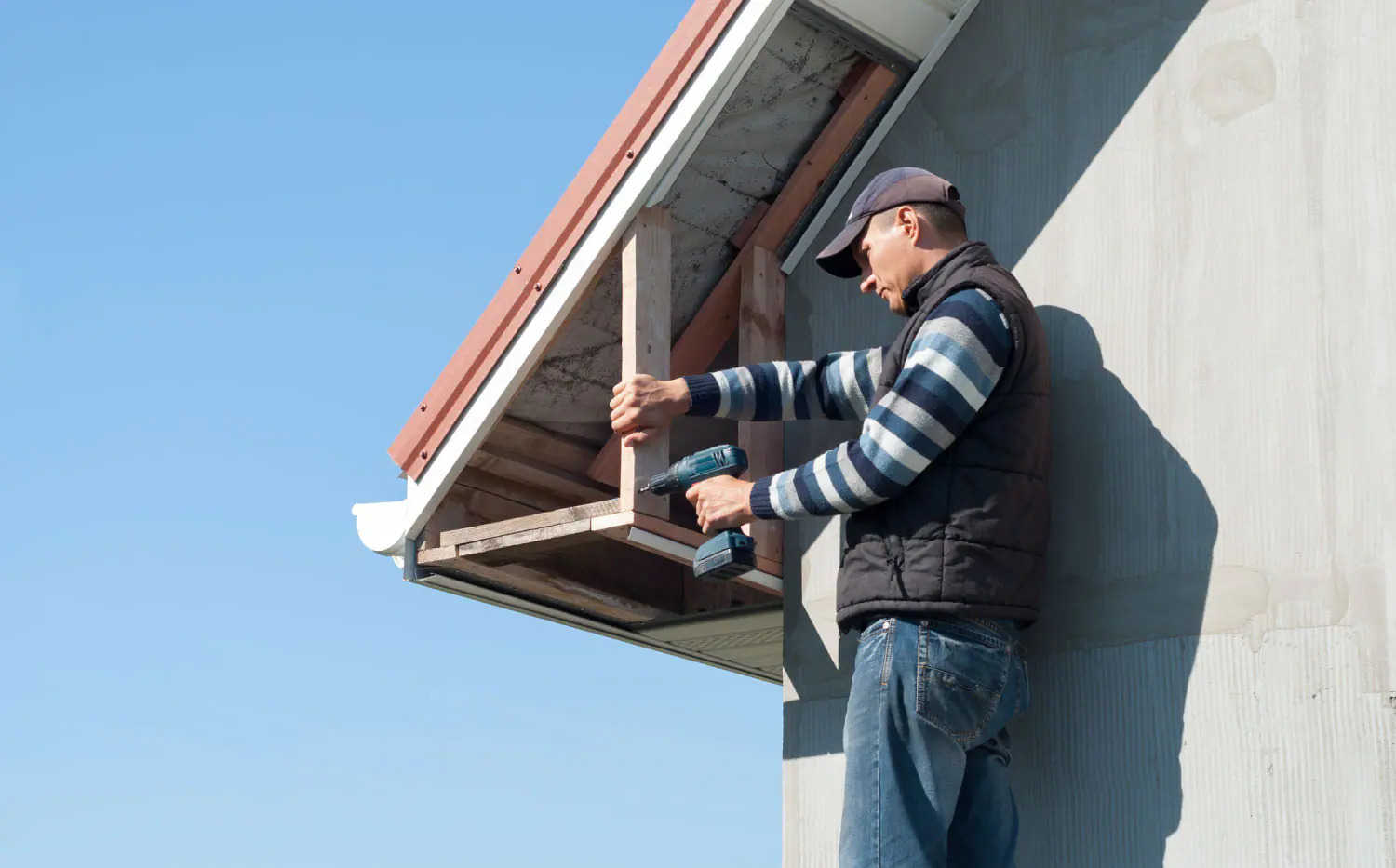
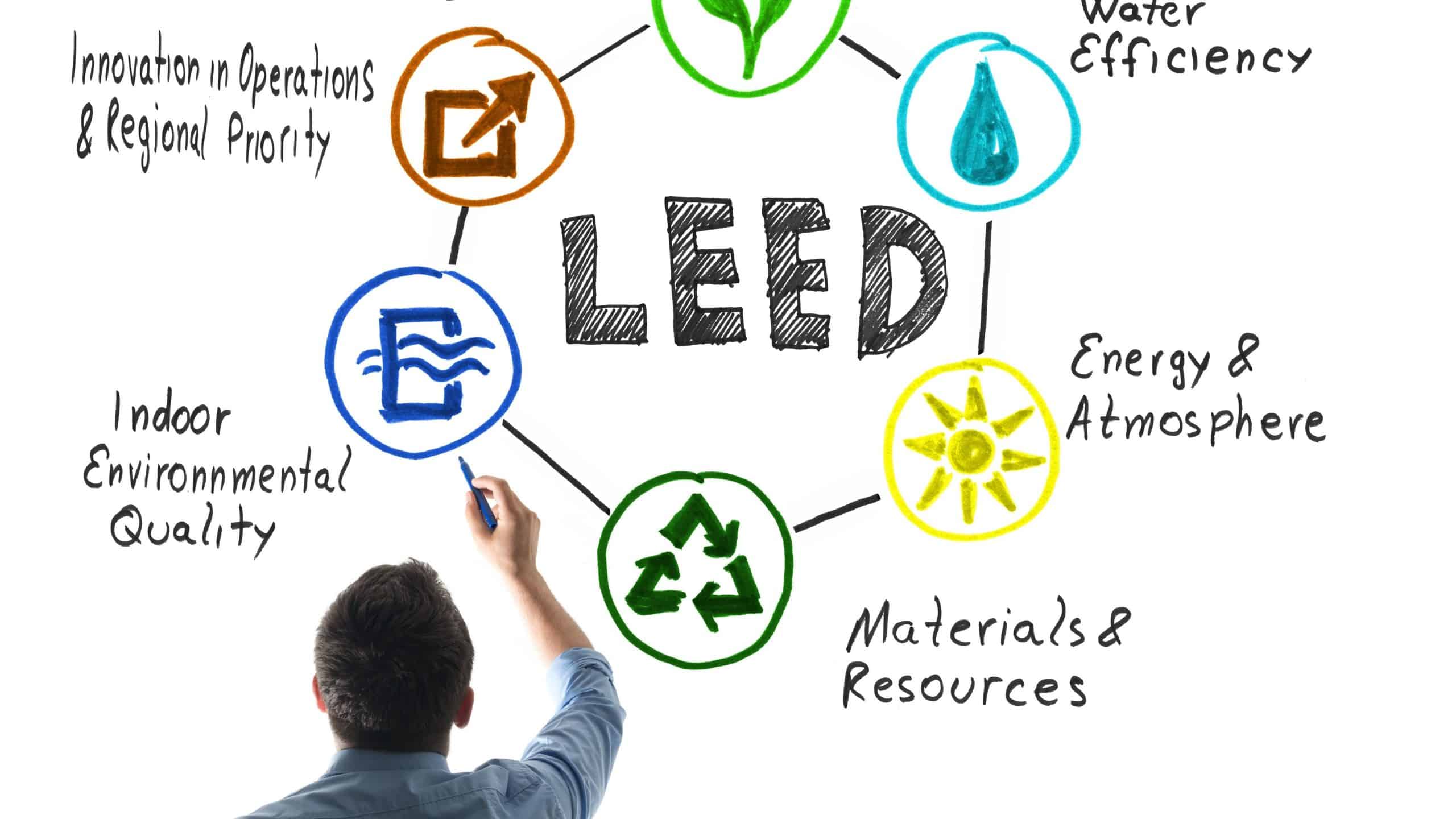
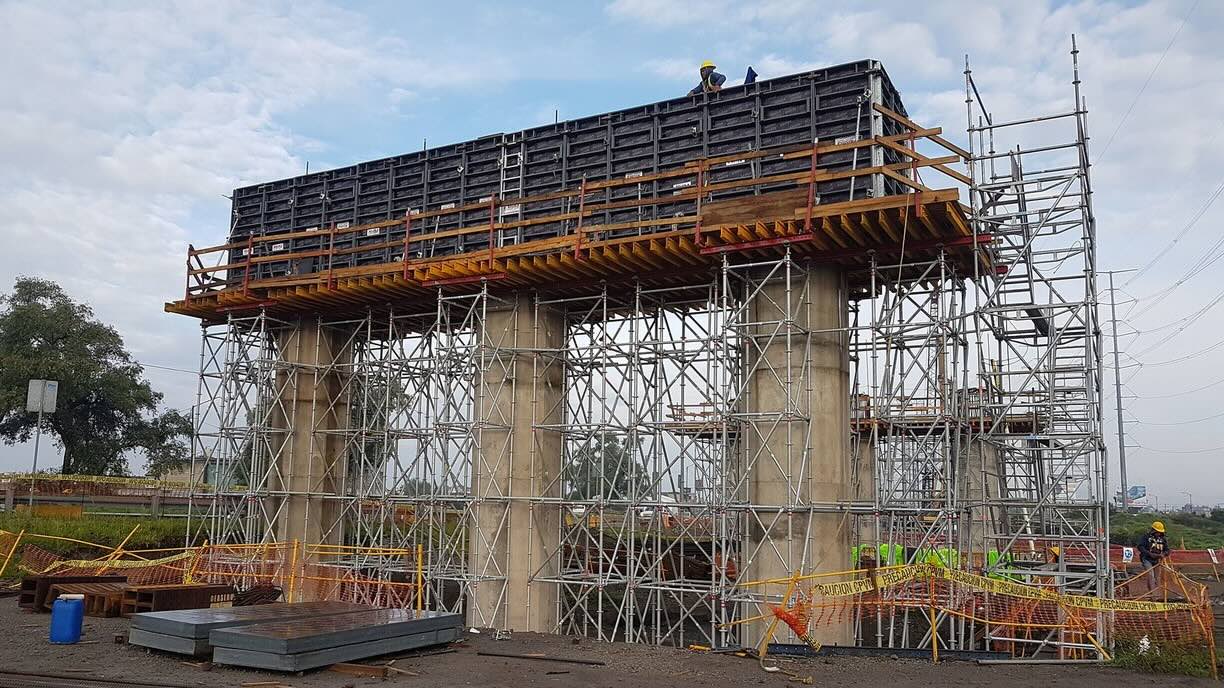
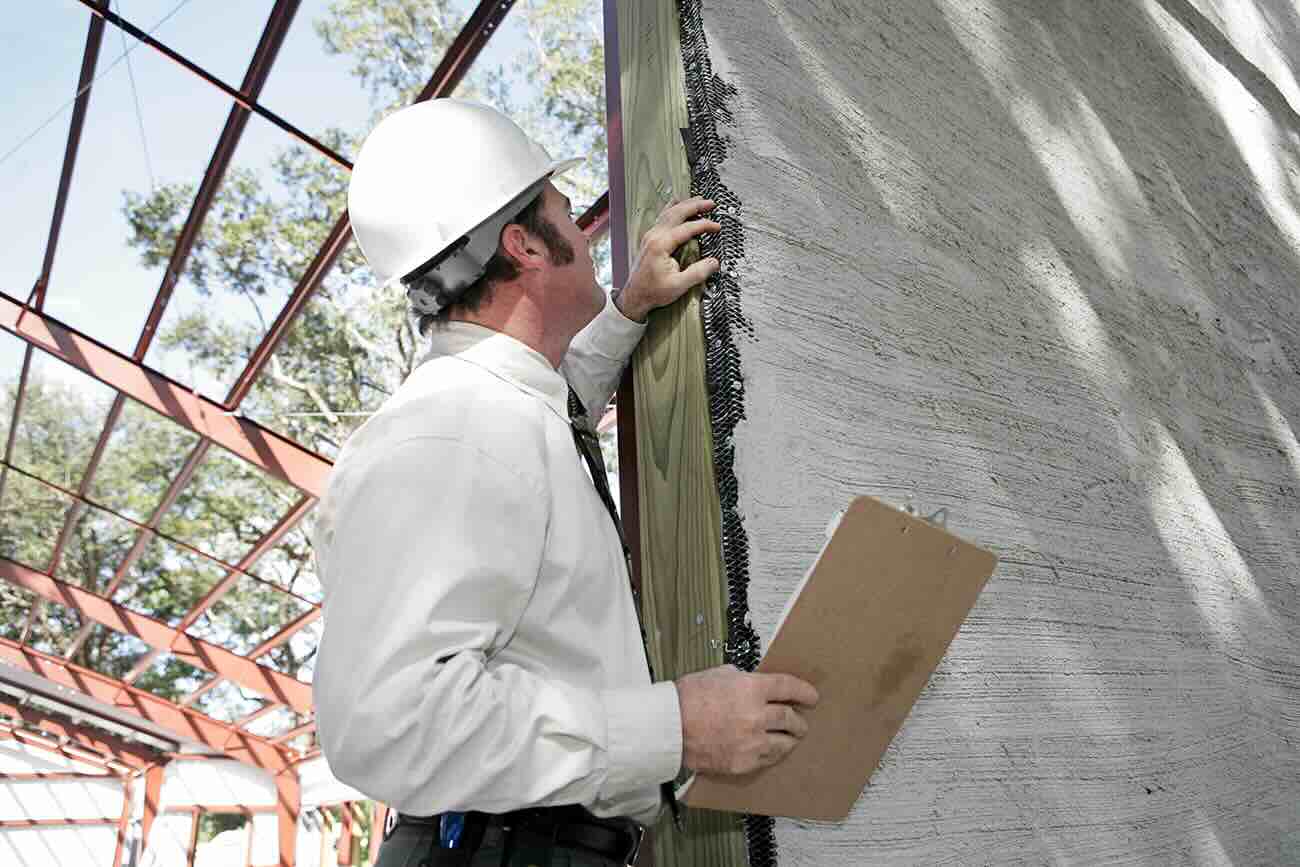
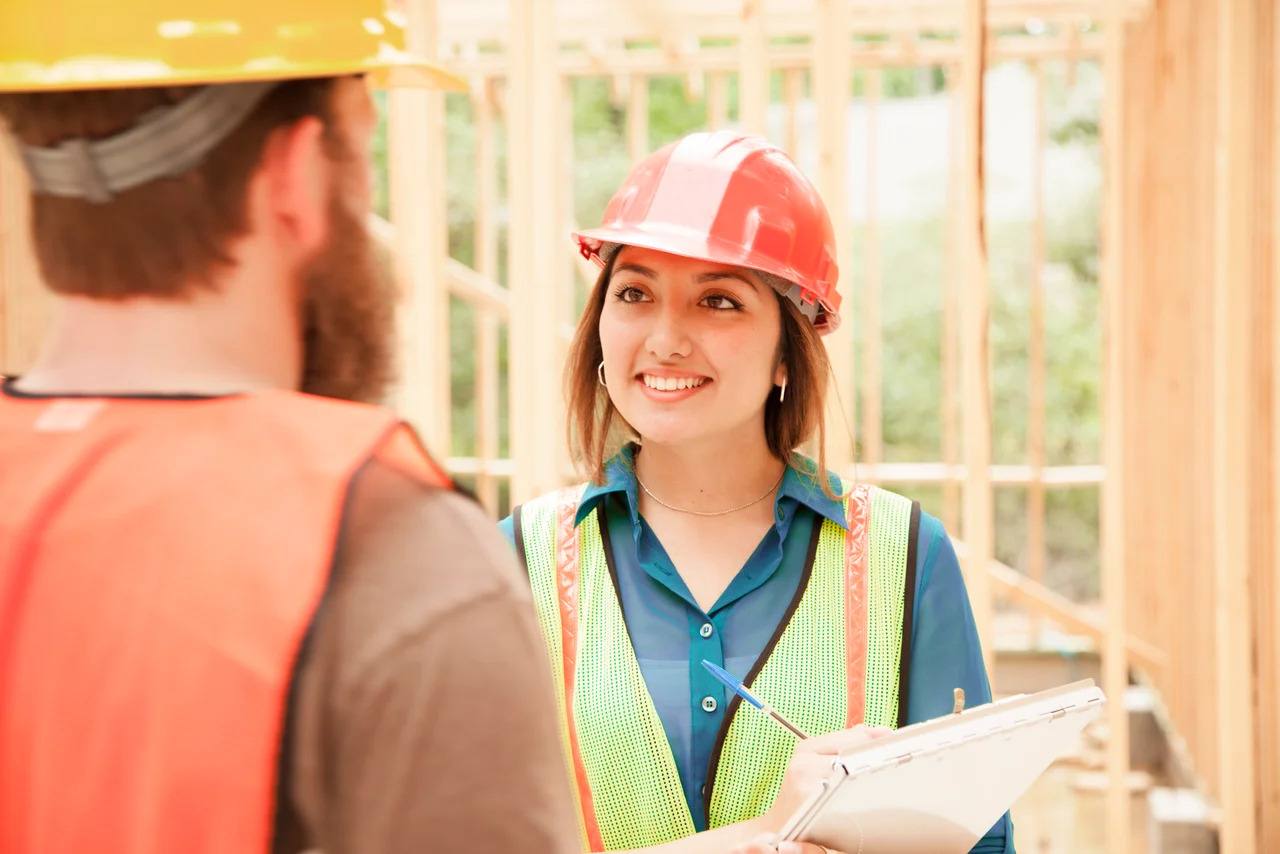
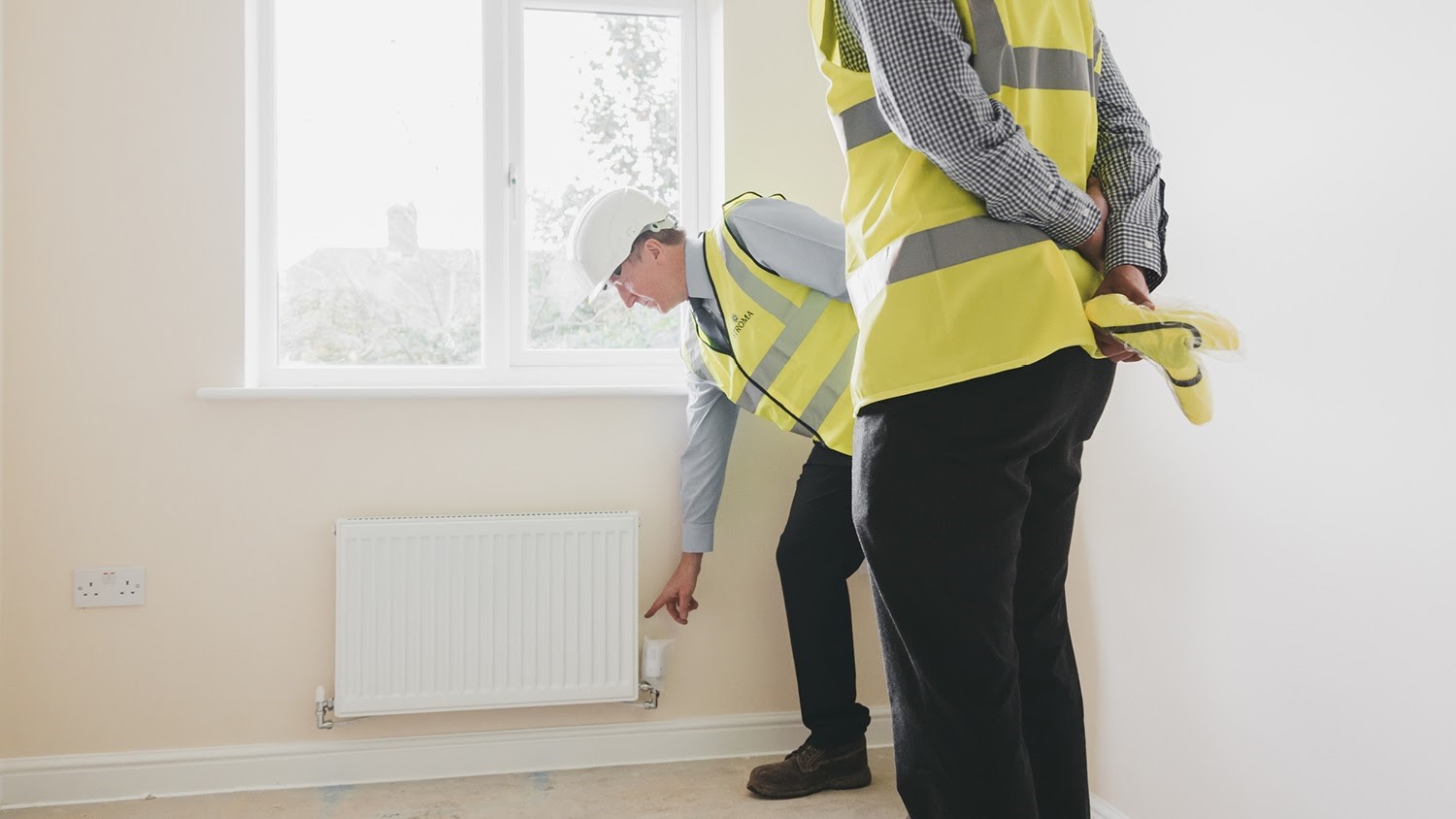
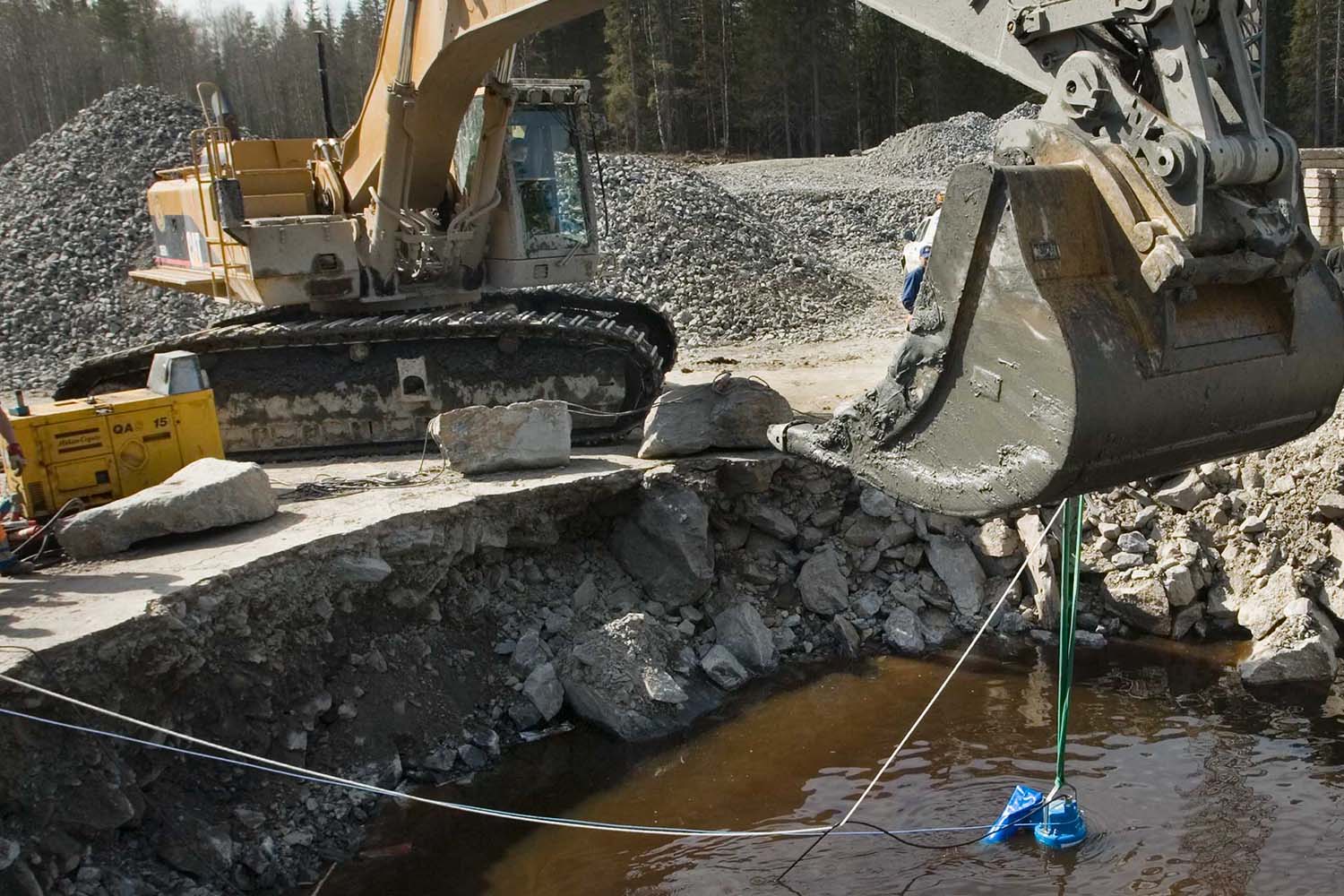
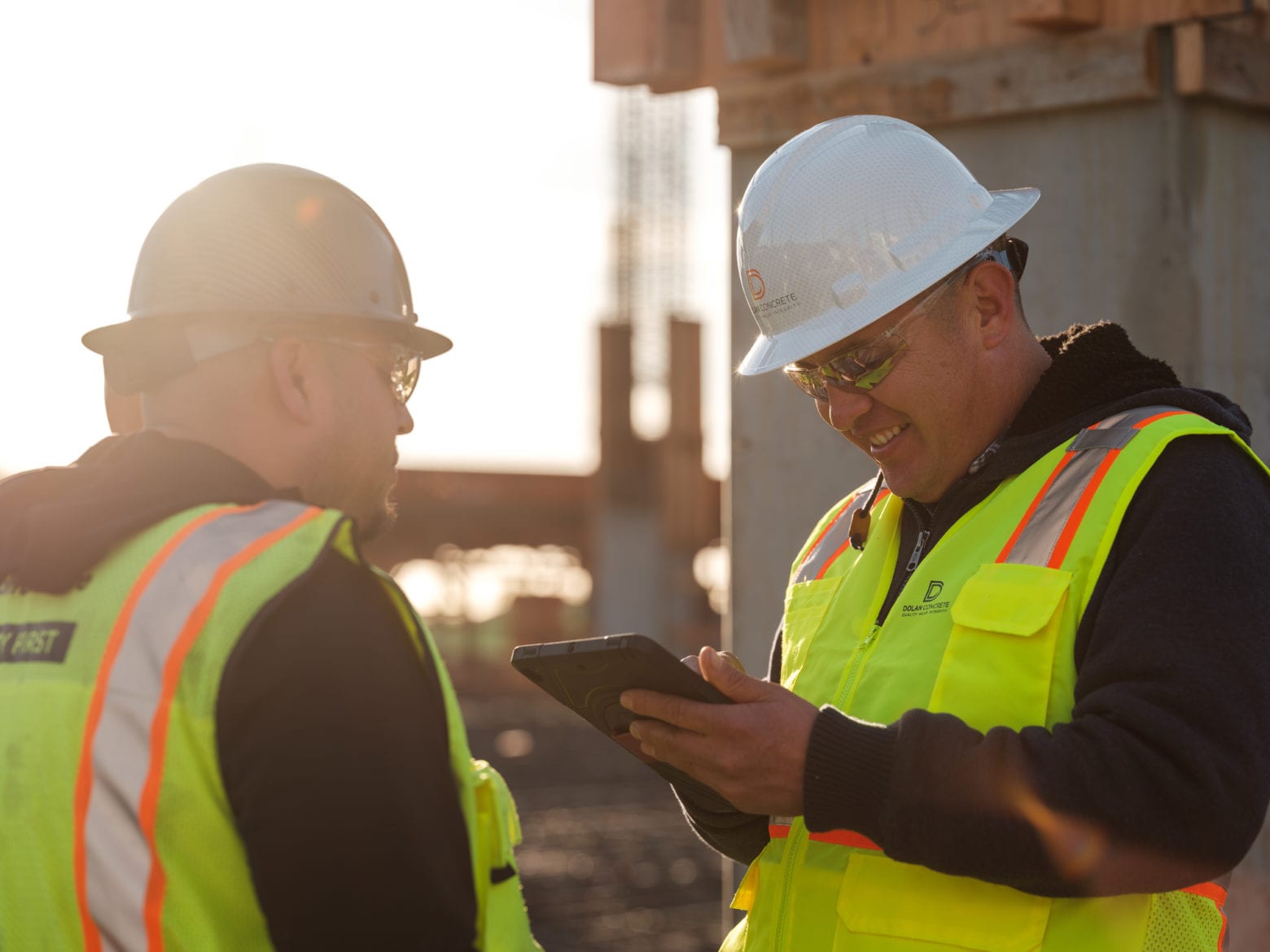


0 thoughts on “What Is An AHA In Construction”